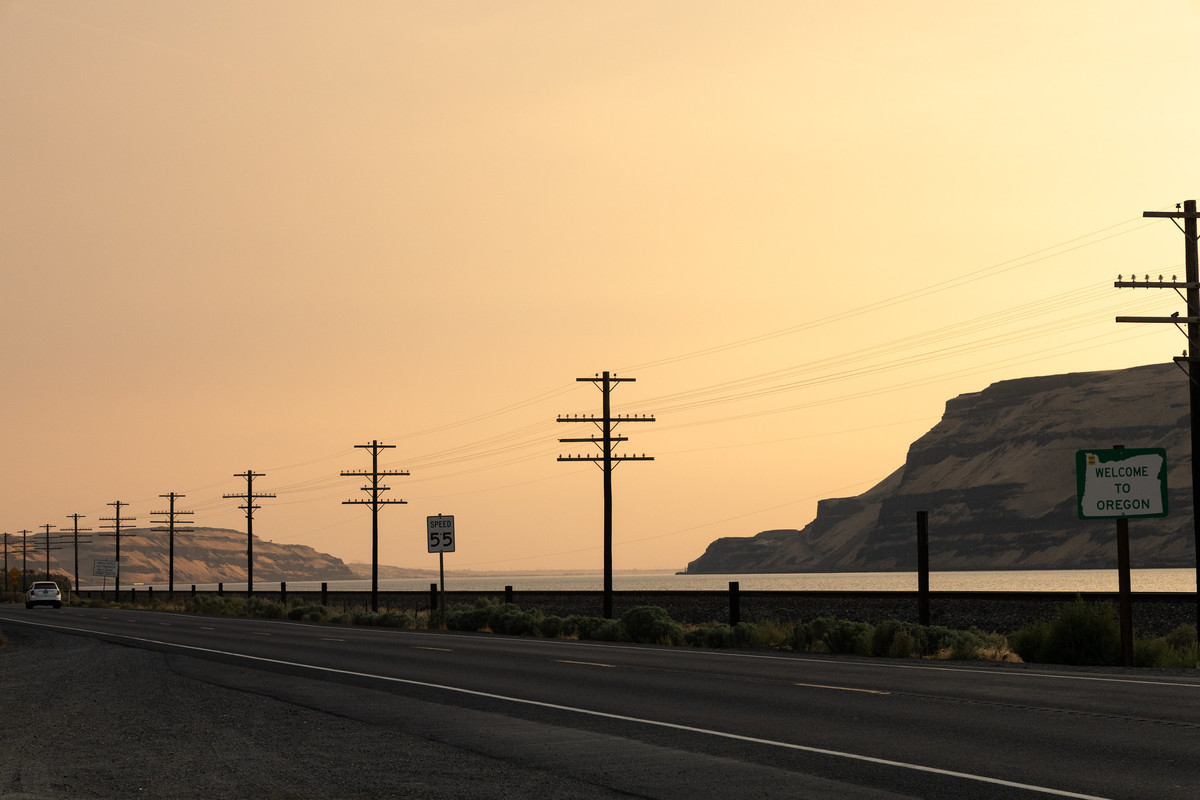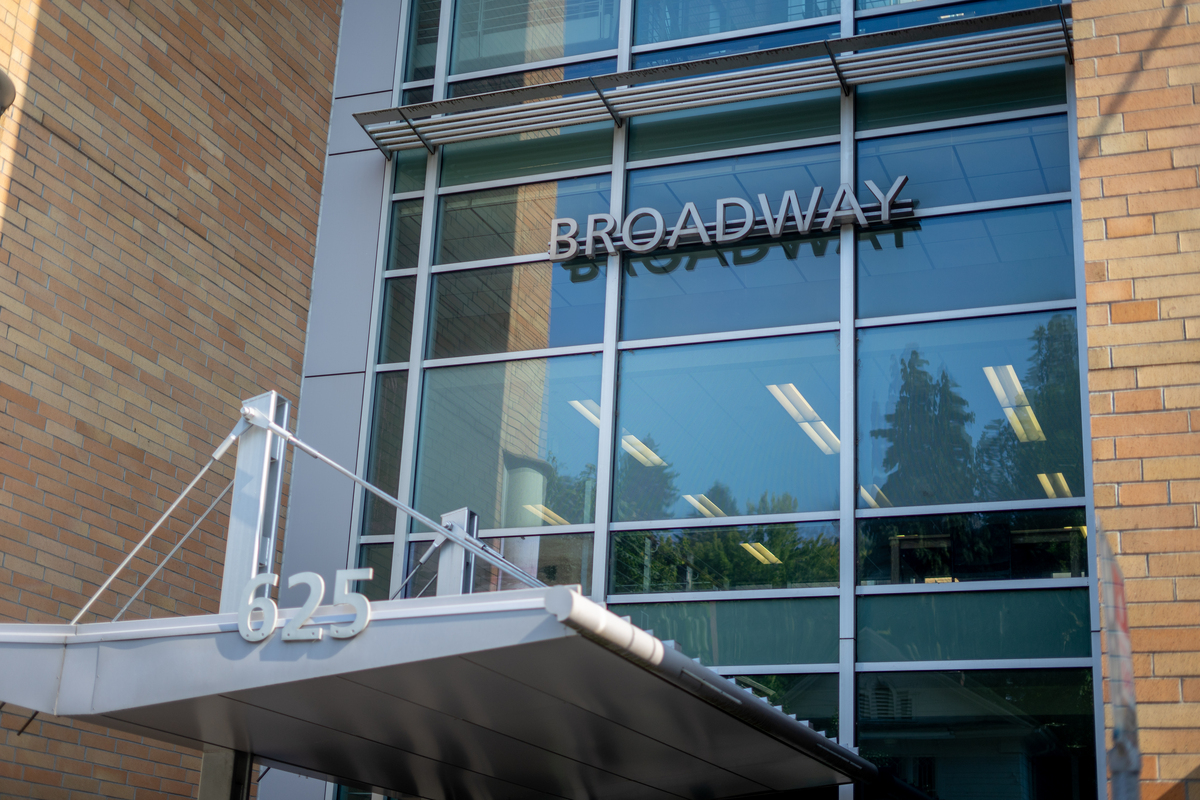As a human being on this Earth, you might be concerned about the health of our planet. How much more time do we have until large cities become deserts and water is a rarity within society? It’s not looking great for Oregon, as hot and dry summers filled with forest fires become the future norm, resulting in staying inside for weeks due to air toxicity.
Climate change is already here and it is changing our world as we know it. While for some it is viewed as a mere belief, reality is setting in for Oregonians. Within the last couple of weeks, four more counties within Oregon declared drought emergencies, bringing the total number of counties experiencing this drought crisis to 11.
There are 36 counties in Oregon—what if by August there are 20 counties experiencing this horrific drought? What might we do to prevent Oregon from getting there?
It might come down to measuring and predicting these droughts before they happen. Andrew Schwartz, station manager at the Central Sierra Snow Lab for UC Berkeley, said we need to pay attention to the ground. Specifically, Schwartz stated that the dry soil sucks up all the water, and that because of this, water doesn’t make it to reservoirs or other small bodies of water.
Everything is drying out more quickly—water is being absorbed more quickly and the tree canopy that usually helps keep the snow in the shade is basically gone.
What comes with dry soil? Forest fires. And boy has the West Coast seen plenty of those in the past two years. I don’t want the future to be full of dust-storm drills and always having to be indoors like in the film Interstellar. I wouldn’t mind the spaceships though.
As Schwartz suggested, we have to be strategic in placing our available water in locations where life grows and flourishes to avoid forest fires and severe droughts. We can’t continue to have counties drying up one after another.
Perhaps we as a society have to get even more innovative. For instance, if we do run out of freshwater, we could use ocean water.
70% of the Earth is covered with water. What if we used some of that water to address our drying topsoil? We could desalinate the water—boil it, convert it to steam then have it condensed. This is time-consuming, but if the big billionaires of the world would stop buying social media apps and focus on serious problems, we could do it. If there is a will, there is a way.
Another groundbreaking idea is harvesting water from the air. Massachusetts Institute of Technology (MIT) has done this using a solar-powered device with mechanical, organic frameworks to catch water and condense it. It passes through two temperature zones and doesn’t use electricity, but most importantly, it can produce water in just about any climate—including deserts!
Lastly, we can become more thoughtful and resourceful in our water usage. No more showers longer than 10 minutes. No more leaving the sink running while brushing our teeth. We could wait until our car is really dirty before taking it to the car wash. We could also start collecting and drinking rainwater—the list goes on. Every little bit helps in the grand scheme of things.
We have the technology to cut down on excess water usage, and we could use the water we save to help keep our counties from falling into an ever-spiraling drought. So when will the change we need come? Is our society too far gone to recognize the importance of being resourceful and of implementing alternative ways to keep our soil healthy and fertile?
Climate change is happening now and we need to act. There is no back-up planet. While I think it would be cool to live on the moon or Mars, I’d rather live on Earth.
We can make these changes together because time is running out. While the world probably doesn’t need us, we absolutely need it.






